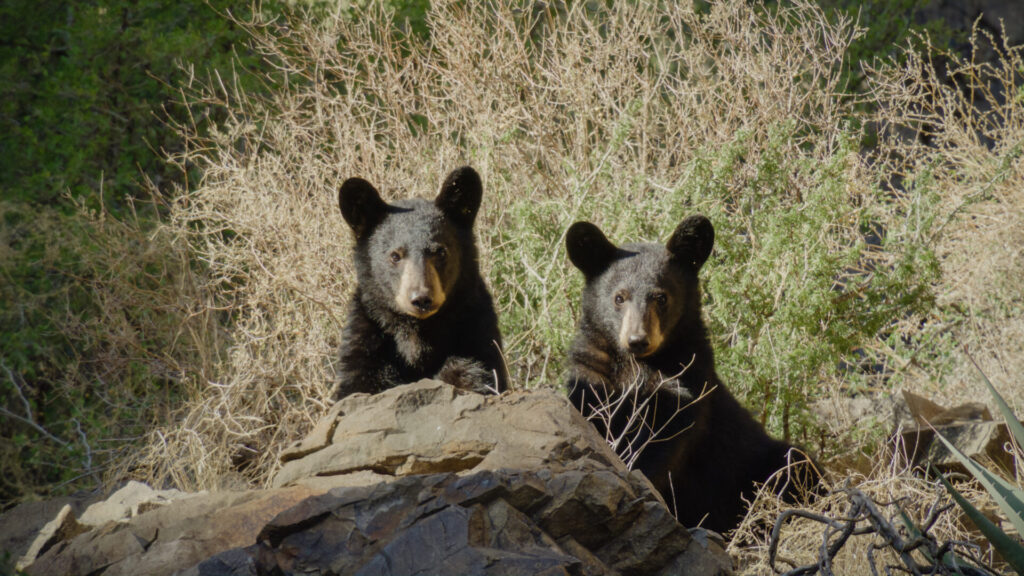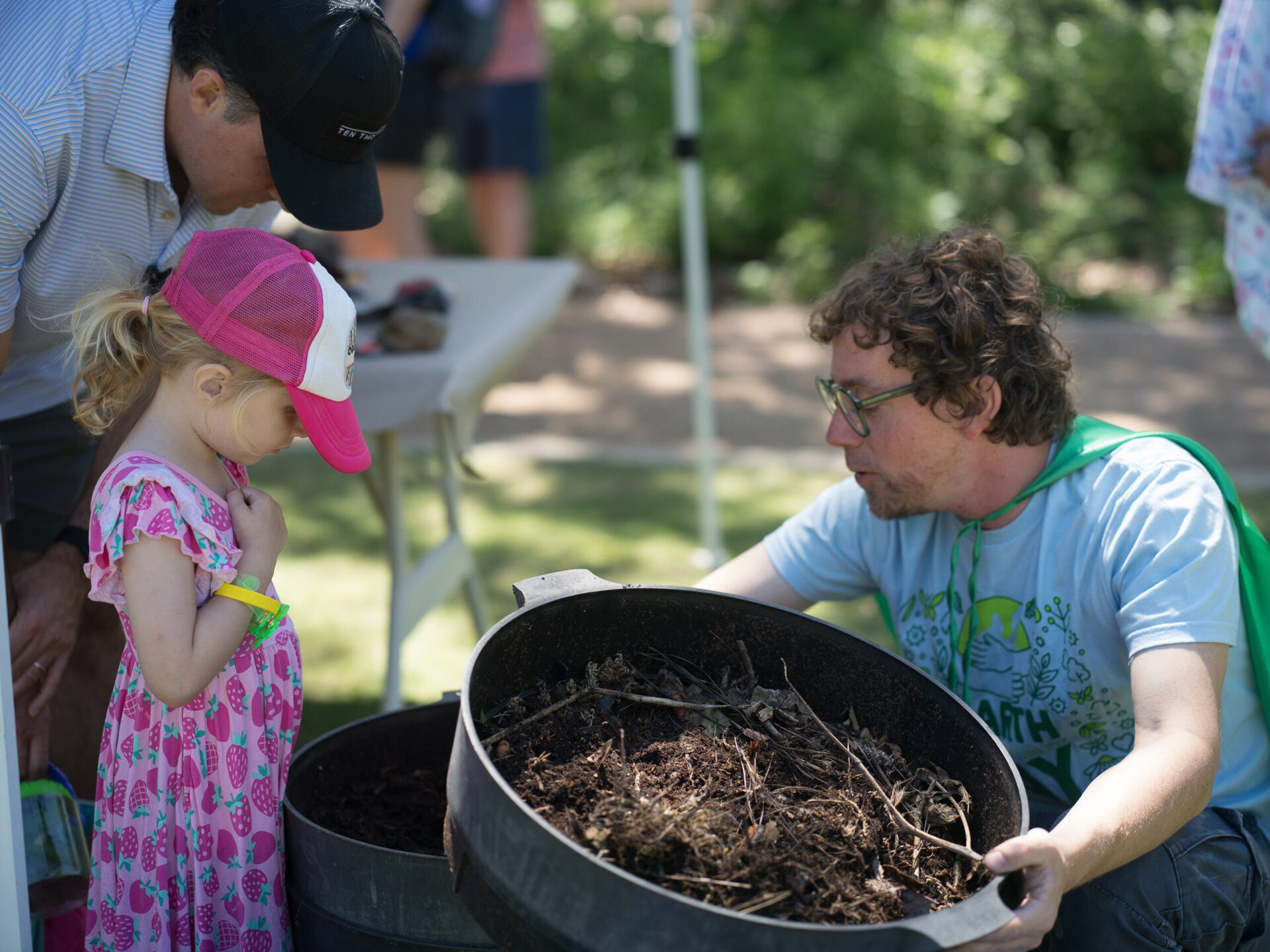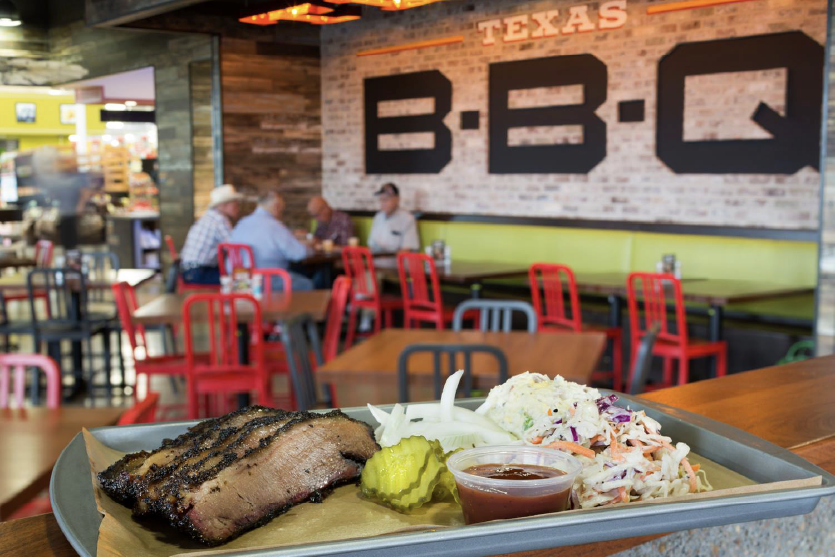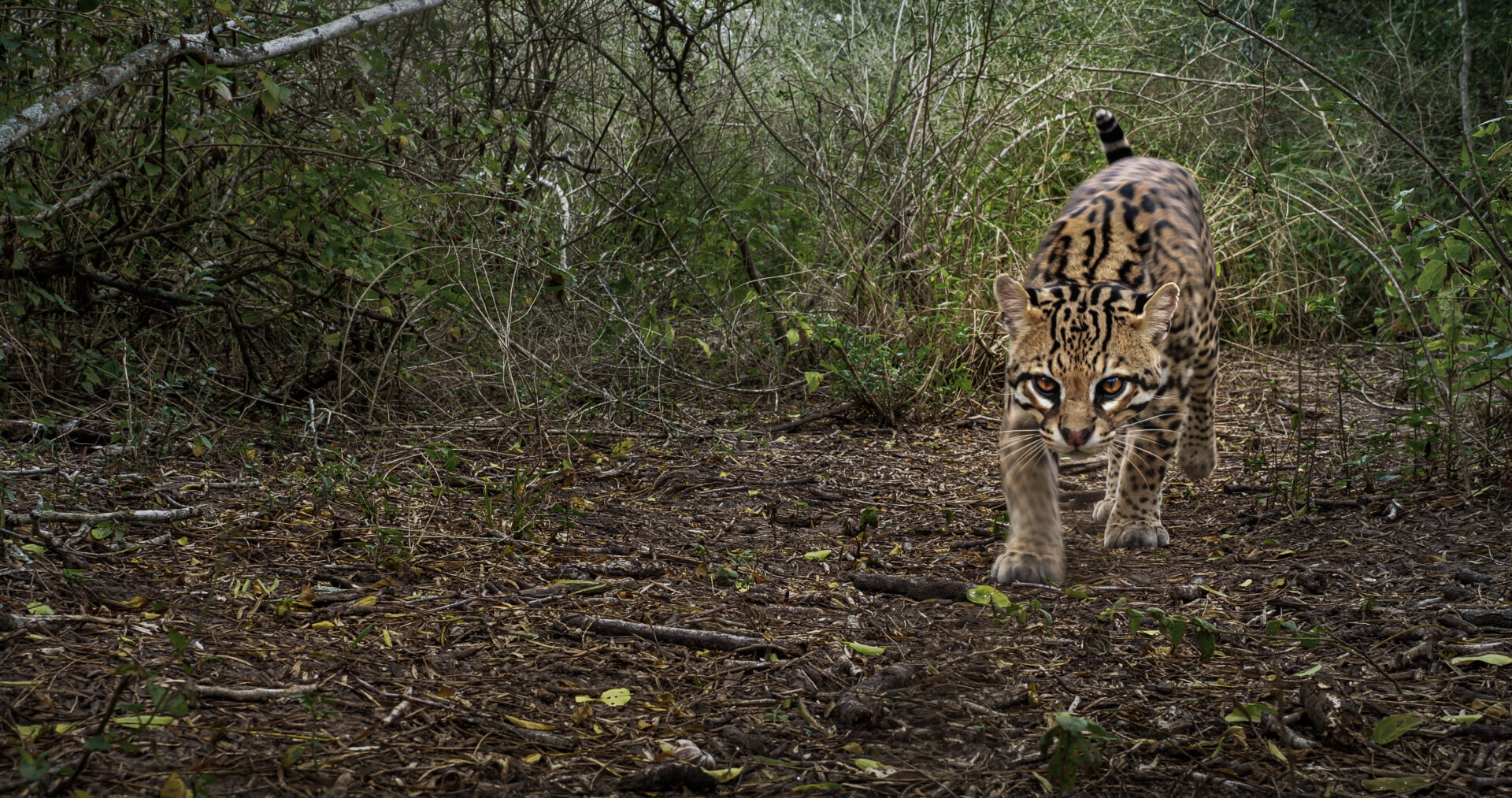Understanding Texas’ Native Black Bear Population
When you think “Texas wildlife,” bears probably aren’t the first animal that spring to mind, are they? Most of us associate American Black Bears with pine forests and colder northern environments. You might be surprised to know that the black bears were once found throughout much of the Chisos and Guadalupe Mountains in the scrub deserts & woodlands of West Texas, along the Mexican borders.
These black bear species were driven out of Texas by humans in the 1950s but began to naturally recolonize in Big Bend National Park in the early 1990s. Currently, wildlife researchers estimate that there are around 75 bears residing in West Texas, but that number is unconfirmed. Scientists are working with West Texas residents to study and coexist peacefully alongside these magnificent animals.
What do black bears look like?
Black bears are typically five to six feet long, with a shoulder height of two to three feet, and weigh between 200-300 pounds. Their fur color can range from black to a dark cinnamon brown, and they have long, coarse fur and sharp claws on all four feet.

What do black bears eat?
Black bears are omnivores, but most of their diet is plant matter. This includes leaves, nuts, berries, roots, fruits, and more. They have been known to eat other dead animals, and sometimes prey on larger mammals such as livestock—but most of the meaty part of a black bear’s diet is made up of insects and worms.
Do black bears hibernate?
Black bears typically hibernate from January through March. It is not a full, traditional hibernation—just a reduction in their metabolic processes. Females will typically give birth to two to three cubs every two years, usually during this hibernation period.
Are black bears dangerous to humans?
While black bears might look intimidating, they typically prefer to stay away from humans. They will, however, fight back if provoked, and should be treated with extreme caution. Do NOT approach bears if you see them in the wild: Their sharp teeth and claws can do serious injury to humans, pets, and farm animals.
Although their diet is primarily plant-based, black bears are food opportunists and will eat almost anything they can find—and have been known to develop a taste for humans’ food. They have toppled trash cans and gone dumpster diving in search of food.
If you live in or are visiting an area where black bears are common, make sure to store your food and trash safely, as well as keep livestock and pets securely fenced in.
Why did black bears leave Texas—and then come back?
By the 1950s, bears had been fully driven out of Texas into Mexico due to overhunting and habitat loss. In the 1990s, a pioneering female black bear crossed the Rio Grande and successfully raised her cubs in Big Bend National Park—the first to be born in Texas since the early 1900s. Over the past thirty years, the bear population has slowly grown in Big Bend National Park to its current levels of around 30-40 bears.
As for why bears returned to Texas, scientists aren’t sure. Researchers at the Borderlands Research Institute at Sul Ross State University in Alpine, Texas are working with West Texas ranchers to study & catalog the return of these magnificent animals. The return of black bears is worthy of celebration but involves a definite learning curve for human & black bear coexistence.
This is why researchers are trying to better understand the bears’ ecological needs: To help minimize potential negative interactions or impacts between bears and humans. Their goal is to better understand the habitat and food needs of Texas’ black bears, so that they can work with locals, other conservation organizations, and Texas Parks & Wildlife to conserve the black bear population while keeping humans—and bears—safe.



How can Texans help black bears thrive?
With better understanding of black bears’ needs, researchers can help their population to continue to rebound. Join H-E-B in supporting the Borderlands Research Institute and Texas Parks & Wildlife to help them continue their conservation research. Field & Future by H-E-B™, our clean, green home & personal care products line, is proud to partner with these great organizations to support their important work. Want more? Watch our short documentary film about black bear research, “Second Chance,” from the H-E-B Presents: An Our Texas, Our Future film series.


